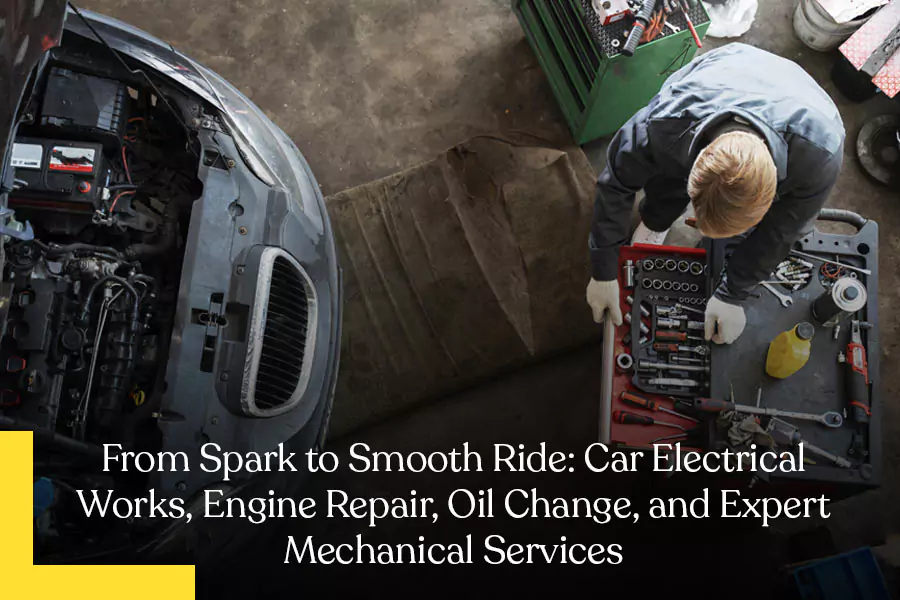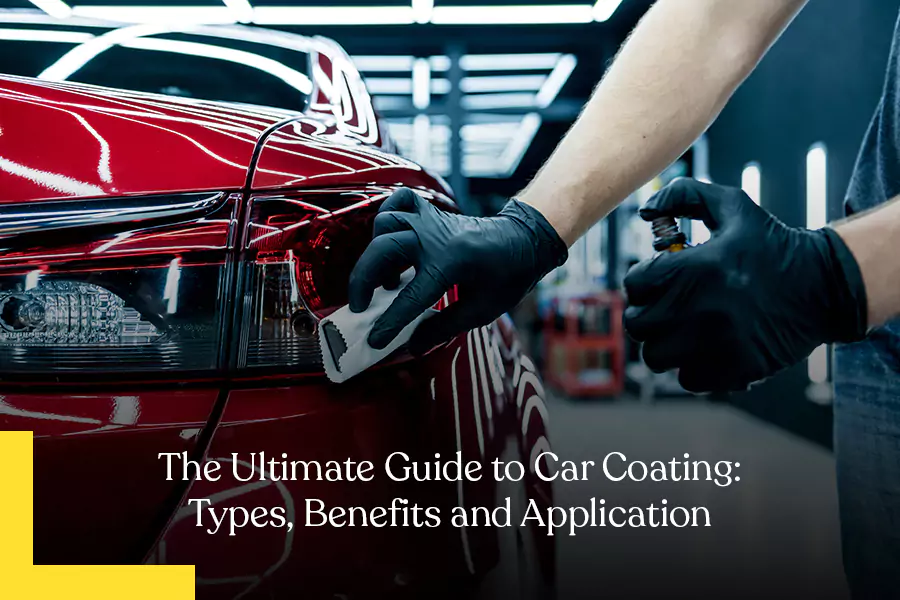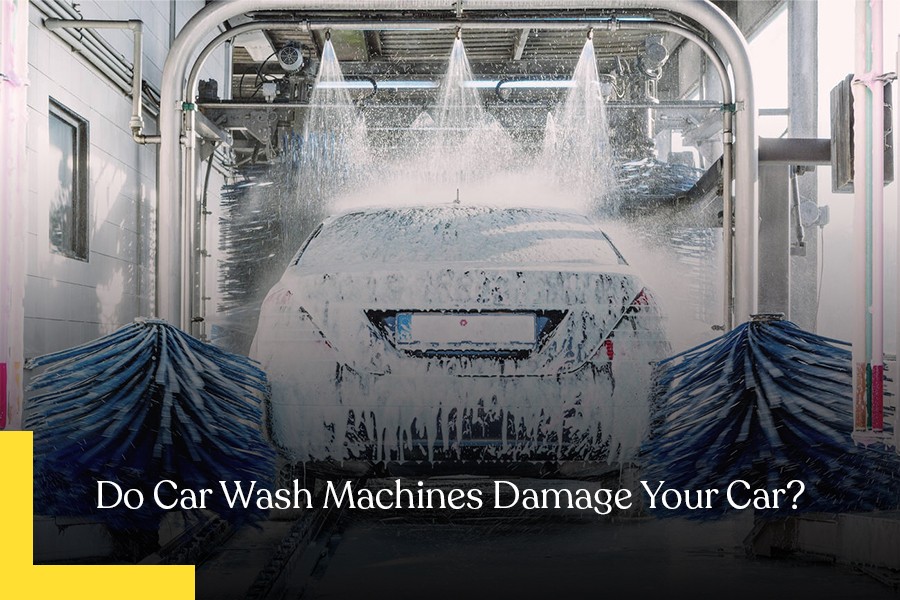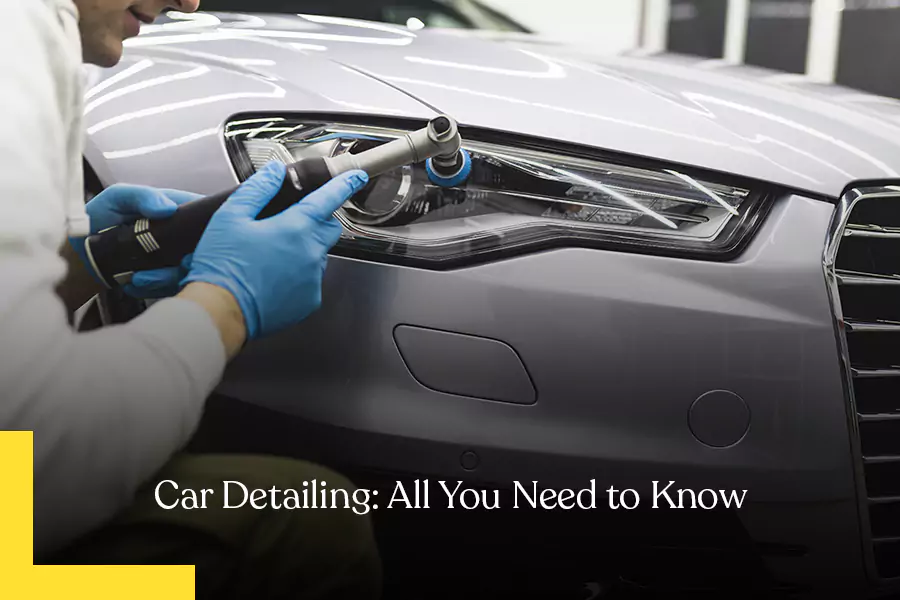A dead car battery is a common automotive inconvenience that can happen to anyone at any time. For the automotive enthusiast or anyone eager to enhance their knowledge of automobile maintenance, mastering the art of jumpstarting a dead car battery is a fundamental skill. In this comprehensive guide, we will look into the intricate details of jumpstarting, equipping you with the wisdom and know-how needed to confidently breathe life back into a stalled vehicle.
Understanding the Essentials
1. The Anatomy of a Car Battery
A car battery is the heart of your vehicle's electrical system. It consists of several key components, including two lead plates submerged in an electrolyte solution. When you turn the key, a chemical reaction between these components generates electrical energy, which is then used to start the engine and power various vehicle systems. Understanding the basics of this process is crucial for comprehending the jump starting procedure.
2. Recognizing the Symptoms
A dead battery often exhibits telltale signs, such as the engine cranking slowly or the lights on your dashboard appearing dim. These symptoms can be easily mistaken for other issues like a failing alternator or starter motor. Recognizing these signs and distinguishing them from other problems is the first step in diagnosing a dead battery accurately.
Safety Measures and Necessary Equipment
1. Safety First
Safety should always be the top priority when jumpstarting a car. To avoid electrical hazards, it's vital to wear safety goggles and gloves. Additionally, both vehicles involved in the process must be prepared adequately. This means turning off the ignition, engaging the parking brakes, and ensuring both cars are on a flat, stable surface to prevent rolling.
2. Tools of the Trade
The core tools you'll need for jumpstarting are jumper cables and a functioning vehicle with a healthy battery to act as the booster. Jumper cables come in various types and lengths, so choosing the right ones is essential. Thicker cables with more significant wire gauge provide better conductivity and are suitable for larger vehicles. Smaller cables are sufficient for compact cars.
Step-by-Step Guide to Jumpstarting
1. Vehicle Positioning
Proper vehicle positioning is critical. To ensure safety and effectiveness, place both vehicles close but not touching. The booster vehicle should be running, while the dead vehicle should be in "Park" or "Neutral" with the parking brake engaged. Avoid revving the engine during the process, as this can cause voltage spikes.
2. Connecting Jumper Cables
The order in which you connect jumper cables is crucial. Start by attaching the red (positive) jumper cable to the positive terminal of the dead battery, and then connect the other end to the positive terminal of the booster vehicle. Next, connect the black (negative) cable to the negative terminal of the booster vehicle and, finally, attach the other end to an unpainted metal surface on the dead vehicle's engine block.
3. The Jumpstart Process
With the cables in place, start the booster vehicle and let it run for a few minutes. Then, try starting the disabled vehicle. If it doesn't start, allow more time for the dead battery to charge. Once the vehicle starts successfully, carefully disconnect the cables in the reverse order (negative, then positive) to minimize the risk of sparks.
Troubleshooting and Common Pitfalls
1. Troubleshooting
In case the jumpstart doesn't work as expected, it's crucial to troubleshoot effectively. Loose cable connections, a completely depleted battery, or corroded terminals can all pose challenges. If the jumpstart doesn't work, recheck all connections and consider giving it more time to charge the dead battery.
2. Common Mistakes
Common errors during jumpstarting can hinder the process. These include reversing cable connections, leaving the vehicles running after a successful jumpstart (which can overload the alternator), or using damaged jumper cables. Double-checking connections and practicing safe procedures is essential.
Preventing Future Battery Failures
1. Battery Care
To minimize the risk of future dead batteries, it's essential to maintain your battery regularly. This includes cleaning the terminals, checking electrolyte levels (for non-sealed batteries), and avoiding deep discharges. Extreme temperatures and overcharging can significantly impact battery lifespan, so take necessary precautions.
2. The Role of Battery Chargers
Battery chargers can be invaluable tools for maintaining battery health. They're especially useful during long periods of vehicle inactivity. Trickle chargers, in particular, can help keep your battery in optimal condition by delivering a slow, steady charge. Be sure to select a charger that matches your battery type and capacity.
Conclusion
Jumpstarting a dead car battery is a skill that every vehicle owner should possess. It not only saves you from the inconvenience of a dead battery but also provides a deeper understanding of your vehicle's electrical system. As you practice the knowledge gained from this comprehensive guide, you'll approach future dead battery situations with confidence, expertise, and a commitment to safety. Remember, the journey from a powerless vehicle to a smoothly running engine is nothing short of miraculous.
















